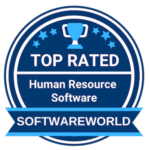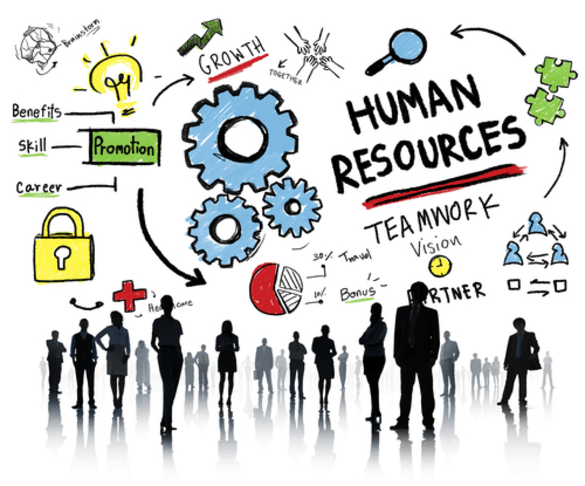
HR Best Practices for 2020 – a must-see list!

It’s the year 2020 and the way we hire, develop, and terminate staff is rapidly evolving. It’s now a better time than ever to examine whether your hr best practices are in sync.
Did you know that 83% of employers believe attracting and retaining talent is a growing challenge?
Or that 93% of employees say they’re more likely to stay at an organization with an empathetic employer.
The methodology of hiring and retaining staff in such an environment is not simple. Then, add a bunch of young job-hunters with different mindsets from previous generations and it doesn’t become easier.
So what can you do to attract the best talent and ensure that you provide an enjoyable position; one that addresses all employee needs, while also aligning with the goals of the company?
You can start by adopting our HR best practices which are detailed below!
What are HR best practices?
Simply put, HR best practices are human resource principles that lead to super business performance, regardless of which organization or industry they are applied to.
Following habits and policies in the industry that are considered to be best practices can ensure that the HR department is doing its part to create a successful organization.
HR practitioners aren’t able to cruise along the status quo path of yesterday. Nowadays the industry is a lively and innovative scene. Companies with the best HR practices have their finger on the pulse of business strategies and advancements in HR tech. Modern HR ensures continued business success by meeting employee expectations, aided by technology.
It’s important not to forget about the immediate needs of your company either. HR best practices are not a one-size-fits-all show. What’s imperative is to align the HR goals with the overall goals of your organization so that the HR, business, and strategy departments are all in sync with one another. Remember: Constructing a winning set of human resource best practices is one that best fits the needs of the company e satisfies employee expectations.
To help the best HR departments focus their efforts on HR best practices, we’ve done the ground-work and listed our favorites. You can try these out in your own organization and see how they can help you increase engagement, improve retention, and more.
 Image credit: ISHR Group
Image credit: ISHR Group
Revealing our HR best practices
The following list has been compiled to help you focus on improving the areas that we think can give you the best chance of seeing great results.

Image credit: Empxtrack
1. Recruitment and Selection
Were you aware that a lot of “managers” have never received any formal training in recruitment? In most organizations, it’s usually the HR professionals who have obtained official training. Since not every organization has the benefit of formalized HR support, what can employers do to ensure that they are hiring the right person?
- Emphasize culture – Be ready to introduce candidates to your company culture by developing a strong employer branding strategy. By emphasizing what your company stands for, your message will resonate with candidates who are more likely to enjoy working for your organization. A new recruit discovering a company’s culture only once they take their first steps in the organization can have disastrous consequences for both parties.
- Recognize the difference between a job description and a job posting – Prior to posting the job, consider the difference between a job description and a job posting. While a job description clarifies the technical aspects of the job, a job posting is essentially your sales pitch, and your best shot at promoting your employer brand! Your job posting gives a glimpse into your company and its culture, and talks about the most important competencies, requirements, and qualifications in order to compel interested applicants to read further and apply.
- Keep track of candidates with an ATS – Applicant tracking is essential to maintain a valuable database of potential candidates that is sure to save you time and money in the future. The old days of paper and filing systems must be forgotten if you want to establish best practices in this area. Using a cloud-based recruitment software will allow you to view candidates more easily when a vacancy is available. It also helps you maintain compliance with regulatory requirements and provide candidates with security and privacy.
- Use tech in interviews to your advantage – Don’t be afraid to digitize areas of your recruitment process. Using video interviews or even chatbots can rapidly increase productivity without causing detriment to your business. A recent case study showed that one company had a difference of $1.3 million in net value while improving onboarding and management practices over a three-year period. You’d be surprised how empathetic and conversational artificial intelligence can be. Save face-to-face meetings with candidates that have the potential to be good matches.
- Adopt agile selection methods – Scouring job boards and leveraging your social media footprint are a given if you’re serious about finding the right hire. But how do you know they’re capable even if their experience and qualifications all check out? If you’re hiring for skill, try using a screening platform to help determine the most talented candidates. By investing in a screening platform, there is less risk for a bad match and at least you’ll have physical proof of what they’re able to achieve. After all, time is money.
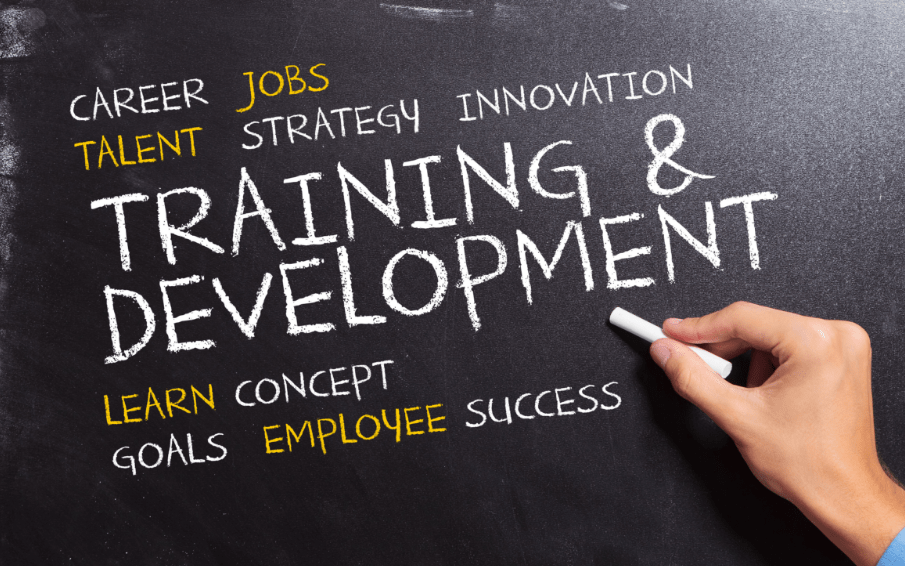 Image credit: HR Management + Strategy
Image credit: HR Management + Strategy
2. Training and Development
There is a recent trend of HR professionals planning to invest in employee training and development.
LinkedIn’s research found that 68 percent of employees prefer to learn at work; 58 percent prefer to learn at their own pace, and 49 percent prefer to learn at the point of need. So providing new hires with the ability to learn from different angles is critical to keeping them engaged.
To hit this point home, 87% of Millennials rate professional career growth and developmental opportunities as important to them in a job, second only to a good cultural fit.
Here are some things to consider for training and development HR best practices.
- Encourage self-directed learning – Think about giving your employees access to a workplace learning platform like Udemy. Your employees can tap into over 3,000 courses on key topics including development, marketing, IT and software, finance and more, all developed by credible, subject-matter experts. Department managers can be responsible for assigning and managing courses while being a part of your new-hire orientation.
- Focus on skill-specific training – The most important thing to keep in mind is to ensure that your programs are relevant to your organization and its objectives. Additionally, set well-defined goals for the program, and communicate the benefits and purpose of the program clearly.
- Give employees stretch roles or assignments – This empowers them to make decisions above their level of expected competency.
- Let employees know that you are invested in their long-term development – Provide required training and optional training for different disciplines. Encourage employees to follow their curiosity.
- Expose employees to outside thinkers – Bringing industry leaders to your company for motivational talks or setting aside budget for employees to attend industry conferences can be of great influence. Employees can gain fresh perspectives and innovative ideas from exposure to outsiders.
 Image credit: Stay Relevant
Image credit: Stay Relevant
3. Transparency
Maintaining an open, communicative, and feedback-driven organization is an HR best practice that is key to ensuring your employees feel trusted, valued, and respected. Here are some points we believe are crucial to helping you drive this culture.
- Be candid with employees – Encouraging executives to have candid conversations with their teams can yield surprising results. This allows all employees to ask hard and honest questions of the leadership team. This could include financials of the business, frustrations with a project, or an issue that hasn’t been brought to leadership yet.
- Be open about bad news – Transparency is treated more seriously by employees when executives are more forthcoming about bad news. If leadership is willing to share bad news and even admit mistakes, it makes it easier for employees to do the same.
- Practice discretion – Discretion is just as important as transparency. Leadership transparency does not include sharing performance reviews, salaries, bank information, or other incredibly sensitive information about employees or senior leadership. Know where to draw the line to avoid harboring resentment from your employees.
- Establish various communication channels – Using technology such as team-working apps can help keep employees involved and up-to-date on important information. It also allows employees the chance to talk freely among themselves and with senior leadership. Holding department-wide meetings on a weekly or monthly basis can also be helpful.
 Image credit: Prism Recruitment
Image credit: Prism Recruitment
4. Employee Benefits and Incentives
We know that happy employees tend to make the best and most loyal employees. Providing them with benefits and incentives is a great way to show them that you care and that you want them with you for the long run. However, sometimes it’s hard to decide what benefits you should be offering. Here are some that pertain to our HR best practices.
- Choose benefits that show you care – As we discussed previously, career progression is at the front of any employee’s mind. The best candidates are always looking to learn, up-skill and hone their craft. Offering them the opportunity to enroll in professional development courses can be a great option.
- Understand what motivates employees – Employees perform at a higher level when they feel as if they are appreciated and valued by management. Run a survey in your office to understand what the majority believes to be important. Motivating employees by commission or productivity as an indicator of a raise can be helpful so they aren’t left waiting until the end of the year for a bonus.
- Choose pay raises over bonuses – A study by Google found that employees valued a base-pay raise over a single bonus because it has long-term effects. Keep this in mind next time you’re deciding between the two.
- Be creative with incentives – Not all incentives must be money-related. A good idea can be to input a rewards program for employees around the office. Or offer them greater work independence when they exhibit super high-performance. Alternatively, you can help employees with their commute to work with a range of commuter benefits; designed to ease the toll on their most stressful part of the day.
5. Compensation
PayScale’s 2020 Compensation Best Practices Report has given us some key takeaways to consider on employee compensation. In a shrinking labor market, getting compensation right is a critical component of any strategic approach to talent acquisition and retention.
- Use more compensation data – Top-performing organizations consult salary market data more frequently than non-top performing organizations. About one-third (31%) of top-performers have completed a market study within the last six months compared to 23% of non-top performing organizations.
- Vary compensation options – Top-performing organizations are more generous with variable pay and incentive-based bonuses (81%) than non-top performing organizations (77%). But upping your compensation offer doesn’t always mean adding more numbers. Other types of compensation to consider include additional vacation days, gift cards, company discounts, stock options, or profit-sharing.
- Train managers to communicate compensation – Research suggests that increased pay transparency also increases employee engagement and retention when compensation strategy is well-communicated. In addition, PayScale research has shown that pay transparency closes the gender wage gap. Top performing organizations are more likely to have trained managers on communicating compensation (36%) compared to non-top performers (30%).
 Image credit: Battleson
Image credit: Battleson
6. Compliance Issues
The old saying goes that you learn from your mistakes, but in the world of corporate compliance it’s best not to ever make those mistakes at all. Think about instilling these points before your next audit goes pear-shaped.
- Utilize HR software – One of the most effective ways to navigate the world of compliance is by investing in a form of document management software to ensure that your recordkeeping is up to date.
- Assign a Compliance Officer in your team – Entrust a team member with the responsibility to keep up with new regulations and changing labor laws. Additionally, they can convey this information to the HR department, ensuring everyone is notified.
- Hold compliance sessions for employees – Offering ongoing training to employees to help them understand compliance issues is definitely a good idea. Running 15-minute educational sessions delivered online can increase compliance without interrupting performance or availability.
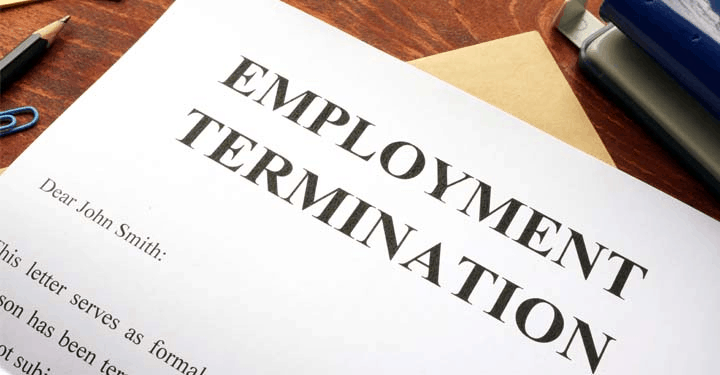 Image credit: LegalZoom
Image credit: LegalZoom
7. Terminations
Terminating an employee is one of the most difficult things to do in business. Although sometimes it’s truthfully necessary. When that happens, we suggest you follow a few best practices that are applicable regardless of the reason for termination.
- Minimize the employee’s embarrassment – Hold the termination meeting at a time and location that will reduce the likelihood of contact with the employee’s coworkers. Make sure to tell the employee the reason why they are being let go and show empathy to the employee but not sympathy.
- Don’t apologize for your decision – Statements like, “I’m sorry I have to let you go”, do nothing but confuse an employee, especially for a causal termination. Choose your words carefully and write them down to help you practice if necessary. However, certainly do not walk in there reading from a piece of paper.
- Have another manager or HR person present – Having someone else present can help to diffuse a bad situation. It also gives you a witness who can attest to what was said and done at the meeting. You never know how the employee might react.
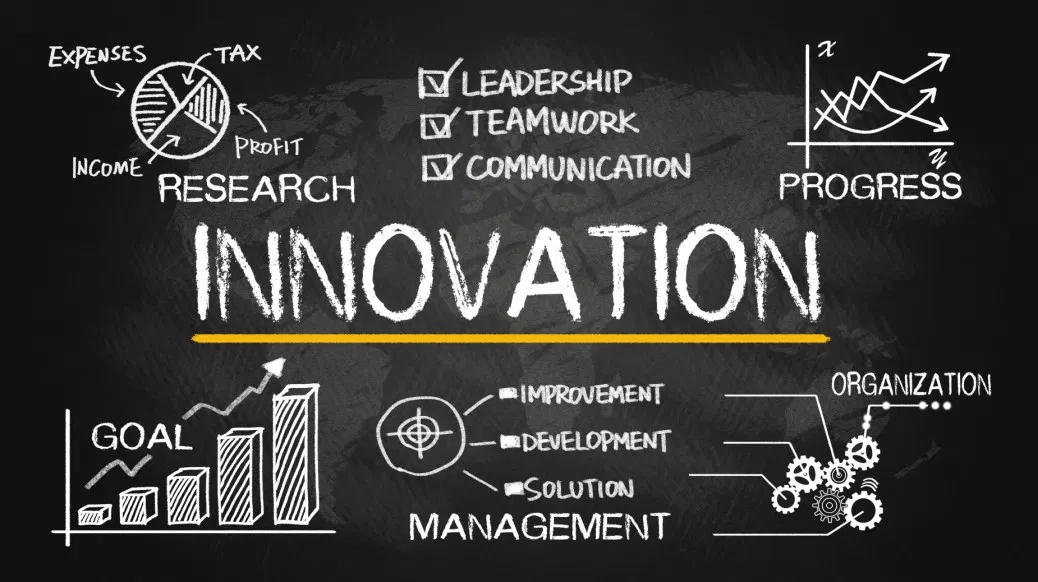 Image credit: Luke Angel
Image credit: Luke Angel
Innovative companies and practices
If you’re looking for more inspiring HR best practices, have a look at the Workforce 100, the world’s top-ranked HR companies. We’ve put a spotlight on just two to give you a brief rundown.
Netflix
There’s an article by Harvard Business Review named How Netflix Reinvented HR.
Enough said.
In 2009, a video detailing the Powerpoint presentation Netflix used to build company culture went viral. The infamous 127-slide presentation has been viewed almost 20 million times and is still noted for its relevant and influential content, even by today’s standards.
Netflix is one of the first major companies to establish an unlimited Paid Time Off policy and eliminate formal performance reviews. Instead, they ask managers to engage regularly in 360-degree performance conversations with their employees. Talk about leading from the front.
FedEx Corporation
FedEx is a company with a track record of being successful.
FedEx maintains that its success is a by-product of its employees’ efficiency. The company found that well-treated employees become top producers, resulting in positive company growth.
In 1973, FedEx developed, and still practices, its “People-Service-Profit” philosophy denoting excellent care of its employees. The company tracks employee satisfaction with its annual Survey-Feedback-Action, or SFA, program. Management and employees meet to discuss the survey results, address problems, and decipher how to resolve them.
HR Best Practices Final Words
As previously mentioned, HR best practices are all about making employees feel valued and content in their positions. It’s tough enough to find the right people to work for you, it’s another thing to keep them there. Refer to our article on HR best practices so that next time, you’re fully covered on the etiquettes of human resources.
Image credit: Priority HR
Further reading
If you’re looking for the best HR software on the market then check out SoftwareWorld’s list of the top 50+ HR Software in 2020.